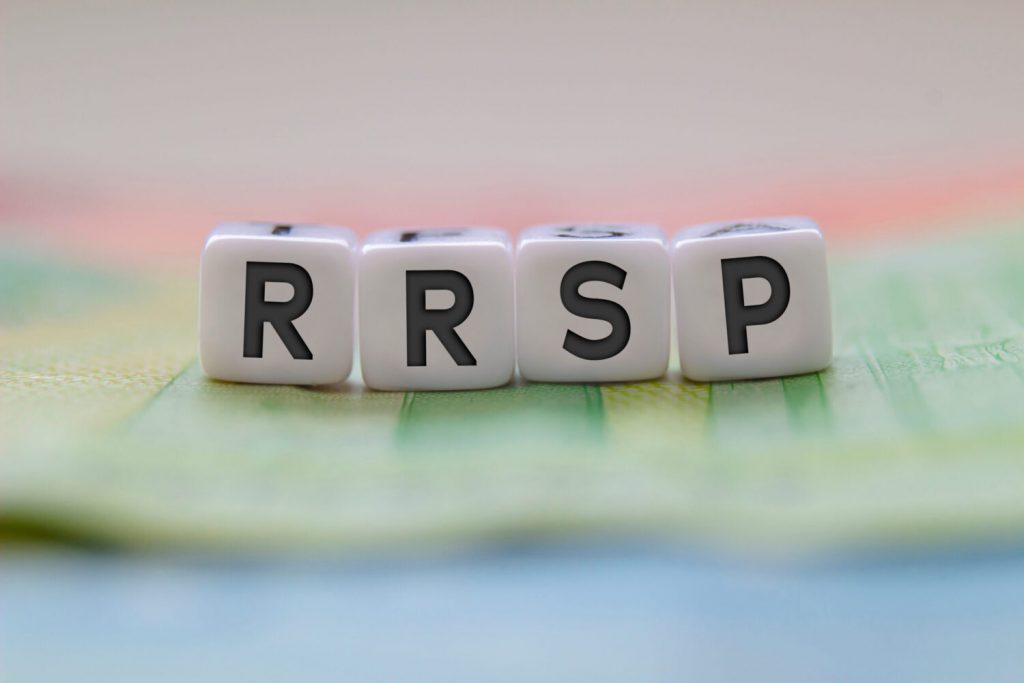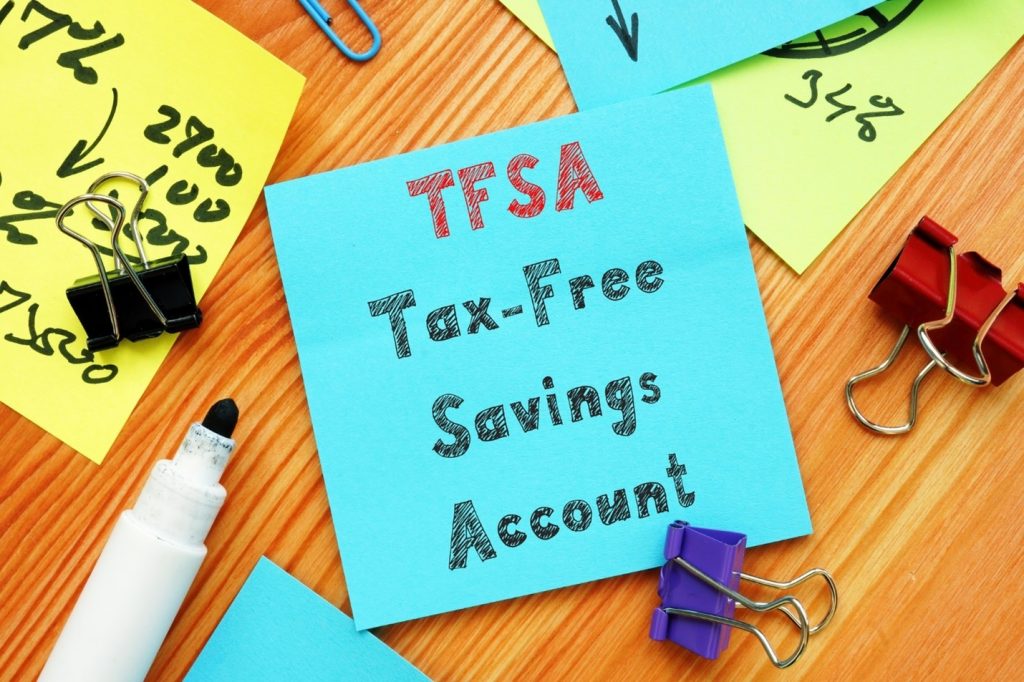What is the main difference between a Registered and Non-Registered Account?
You may be completely new or have experience in the world of Investments; most people still do not fully understand their differences to get the most out of it.
Registered Account
Examples of Registered Accounts in Canada; RRSP, RESP, TFSA, and RRIF. As its name indicates, registered with the government (CRA). These types of accounts offer two tax advantages:
– Tax-Deferred: Allows you to postpone the payment of taxes.
– Tax Sheltered: It means that the capital gain of your Investments is not subject to pay taxes until you withdraw the money from the account or even NEVER in the case of the TFSA account.



Non-Registered Account
On the opposite side, these types of accounts do not offer any type of tax protection on your investments; you can host a wide variety of Assets, but with the disadvantage that you will have to pay taxes on the income generated each year.


What type of account is the most appropriate?
Because Registered Accounts are regulated in terms of age and contributions. Before choosing between a Registered vs. Non-Registered Account, consider the following factors:
-Types of Benefits: (Dividends, Capital Gains, or Interest).
-Amount of Capital that we are going to invest.
– Purpose of our Investment (Retirement, Financing of projects in the medium or short term, studies for children…).
-Your age.
-Annual contribution limit.
-Types of Assets in which you are going to Invest.
Types of Registered Accounts
Having said the above, we are going to see the greatest benefits, when and for what you should use each of the Registered Accounts and Non-Registered Accounts so that you can better plan your Investment strategy.
RRSP
The greatest benefit that you will obtain from an RRSP account are the tax savings thanks to tax deferred, especially if today you have a high rate of taxes to pay, you will be able to save a percentage in paying them. When you withdraw your retirement fund, the percentage to be paid will be lower.
Regarding Investments, the highlight is that Fixed Income Investments such as (bonds) and term deposits are particularly excellent for the RRSP account.
Moreover, on the opposite side, if you want to save for your retirement, this account can benefit you. Due to the restrictions and penalties in the RRSP account when withdrawing funds, you will think twice before withdrawing money. One of the advantages of RRSP accounts is that you can transfer funds to invest in a property outside the country. (Find more information at https://seaportcredit.ca/en-ca/.)
TFSA
This type of investment/savings account is short, or medium-term (such as for the down payment of a house, car, vacations, or emergency funds). Since you can have your funds paid at any time, without any penalty or taxes and you can replace the amount withdrawn the following year.
1 If you have already used the limits of your registered accounts, you will be able to continue investing.
2 If you use loans to invest, you could deduct the associated interest expenses from taxes.
3 There are no contribution limits.
4 Unlike an RRSP for example: where you have to start withdrawing funds at age 71, this account has no restrictions.
Closure: The perfect investment strategy would be to maximize the annual limits of your accounts (RRSP, TFSA, and RESP), and then if you still have enough capital to continue investing, use a Non-Registered account.